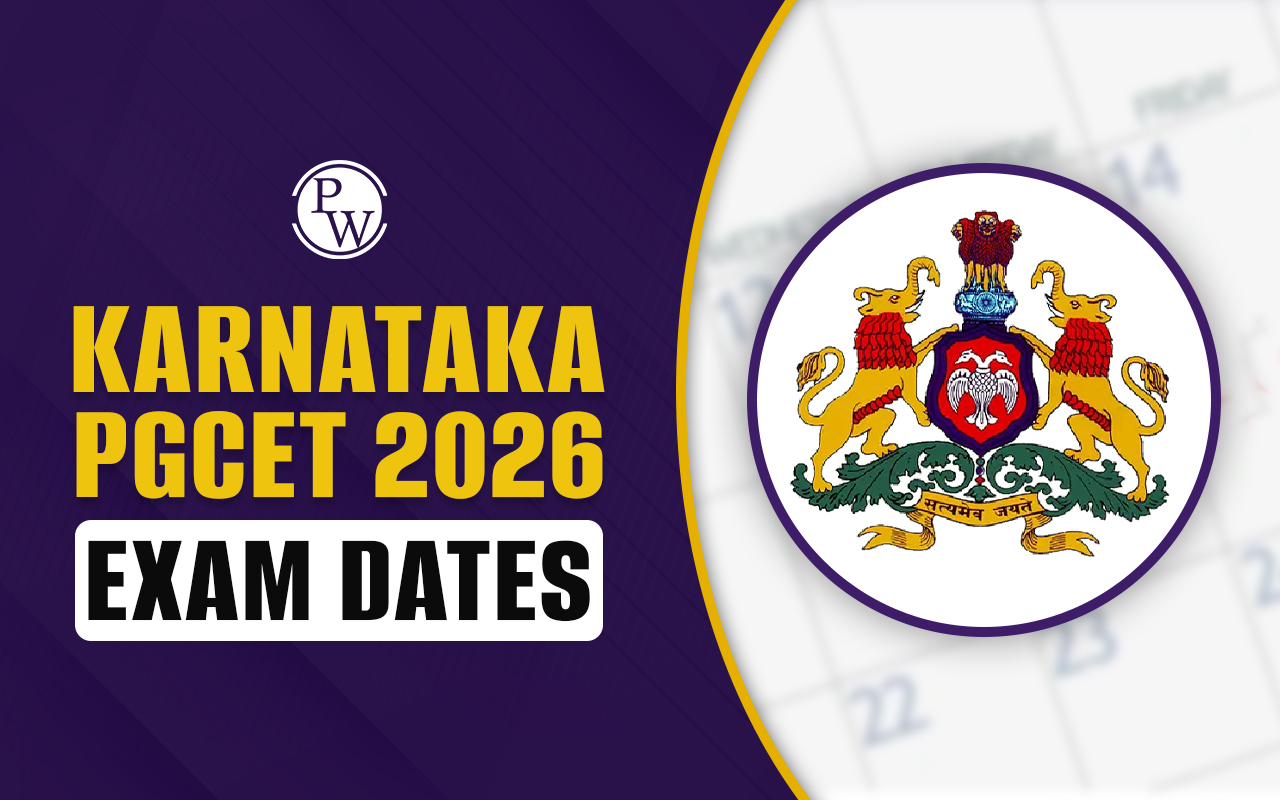
GMAT Percentiles: Understanding GMAT percentiles is important for MBA students as they apply to business schools. The GMAT tests skills like math, reasoning, and language needed for success in business programs. Each student gets a score, which also shows their ranking compared to others.
- Percentiles are based on scores from test-takers over the last three years.
- For example, if you're in the 90th percentile, you scored better than 90% of others.
- This helps you see how you compare to other applicants.
GMAT Percentiles
GMAT percentiles show how your score compares to other test-takers. For example, if you are in the 75th percentile, you scored better than 75% of people who took the test, and 25% scored higher than you. Percentiles are useful because they help you see where you stand among all candidates, not just what your raw score is.
What Are GMAT Percentiles?
GMAT score percentiles indicate how a test-taker's score compares to those of other recent test-takers. The percentile ranks range from 0 to 99, with a higher percentile indicating better performance. For instance, a score in the 90th percentile means that the test-taker performed better than 90% of all individuals who took the exam during the relevant period.
Breakdown of GMAT Percentiles
Here is the required breakdown of GMAT percentiles listed below:
-
50th Percentile: This is the median score; half of all test-takers scored higher and half scored lower.
-
75th Percentile: Considered a good score, indicating performance better than 75% of test-takers.
-
90th Percentile: An excellent score, signifying that the individual outperformed 90% of peers.
-
99th Percentile: An outstanding achievement, meaning the test-taker scored better than 99% of all test-takers.
How Are GMAT Percentiles Calculated?
The Graduate Management Admission Council (GMAC) calculates GMAT score percentiles based on data from a continuous three-year period. This ensures that the percentiles reflect the most recent trends in test performance. The recalculation occurs annually, which means that your percentile ranking can change as more people take the exam.GMAT Score Percentile
Your GMAT score percentile tells you what percentage of test-takers you outperformed. If your percentile is high (such as 90 or above), it means you did better than almost everyone who took the test during that year. Schools often consider both your actual score and your percentile when evaluating your application.
Scoring Scale and Percentile Correlation
The total GMAT score ranges from 200 to 800, with increments of 10 points. Below is a table showing how total scores correlate with their respective gmat score percentiles:| Scoring Scale and Percentile Correlation | |
| Total Score | Percentile |
| 800 | 99% |
| 760 | 99% |
| 700 | 88% |
| 650 | 73% |
| 600 | 54% |
| 550 | 35% |
| 500 | 19% |
| 450 | 7% |
| 400 | 2% |
| 350 | 1% |
| 300 | 0% |
Importance of GMAT Score Percentiles
Understanding your gmat score percentiles is vital for several reasons:
-
Competitiveness Assessment: Percentiles help gauge how competitive your score is relative to other applicants, providing insight into your chances for admission at various business schools.
-
Strategic Application Decisions: If your percentile falls below your target schools' average, it may prompt you to strengthen other application components, such as essays or work experience.
-
Setting Realistic Goals: Knowing where you stand can help you set achievable score targets aligned with your desired programs.
Section-wise GMAT Percentiles
The GMAT consists of three main sections: Quantitative Reasoning, Verbal Reasoning, and Integrated Reasoning. Each section has its own scoring scale and corresponding percentiles. Below are tables showing section-wise scores and their respective percentiles.Quantitative Reasoning Scores
Here is the required Quantitative Reasoning Scores listed below:| Quantitative Reasoning Scores | |
| Quant Score | Percentile |
| 51 | 97% |
| 50 | 86% |
| 49 | 74% |
| 48 | 67% |
Verbal Reasoning Scores
Here is the required Verbal Reasoning Scores listed below:| Verbal Reasoning Scores | |
| Verbal Score | Percentile |
| 51 | 99% |
| 50 | 99% |
How to Interpret GMAT Percentiles FAQs
What are GMAT percentiles?
Why are GMAT percentiles important?
How are GMAT percentiles calculated?
What is a good GMAT percentile?
How do GMAT percentiles affect admissions?







